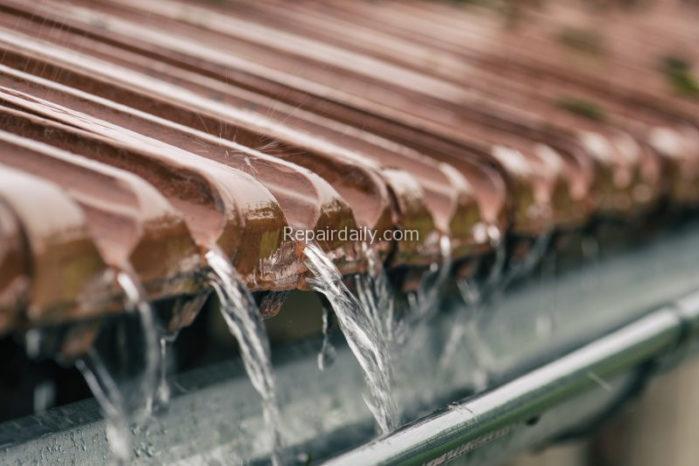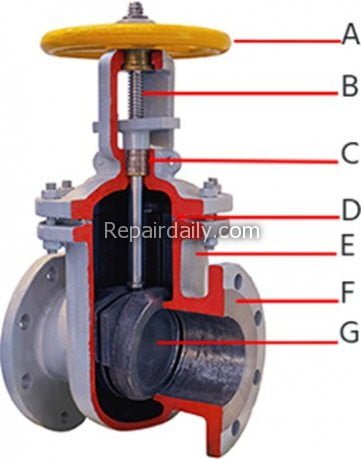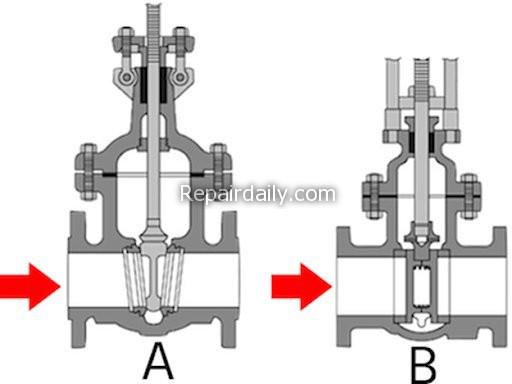

Water is an essential element in every home, required for cleaning, cooling, heating, and drinking. However, your home’s piping and plumbing systems can turn into a complete mess if they are not adequately cared for. If you want to avoid water damage at home, we have got you covered. Read through our detailed guide below on how you can avoid water damage at home.
Causes of Water Damage
Water damage may occur due to several reasons, from natural disasters such as hurricanes and whirlwinds to system issues such as leaking pipes and blocked drains. Below are the common and controllable causes of water damage.
Leaking Pipes
A leaky pipe in the kitchen sink could damage the cabinet beneath it. Likewise, a broken pipe within the walls could soak the entire wall leading to mold growth.
Blocked Drains
Hair, grease, toiletries, grime, gadgets, and other foreign materials can cause blockage to your drainage. This could lead to flooding and damage to your home’s interior.
Leaking Water Heater
Old and poorly installed water heaters are likely to leak and cause water damage. Whenever a water heater leaks, the basement, where it’s most likely located, can quickly flood, posing a risk of water damage.
How to Prevent Water Damage at Home
Disconnect Hoses
Stagnant water in a hose might freeze inside the piping system, forming an ice block that may rupture your pipes while in use, causing water damage. So before the winter months, you want to unplug hoses from the outside faucet and let them drain completely.
Find and Repair Leaks Sooner
If you find evidence of a leak inside your home, you should act quickly. No matter how insignificant they may seem, ignoring water leaks can cause severe damage.
Install Water Detection Devices
A water detector is a simple electronic gadget with a sensor that detects moisture and sounds an alarm. You should place the sensor near water heaters, submersible pumps, washers, dishwashers, and toilets to avoid water damage.
Invest in a Reliable Water Shut-off valve
A water shut-off valve cuts off the water supply to an appliance, preventing water damage. It’s quite effective when carrying out routine maintenance or when some part of the plumbing system is leaking. Two types of water shut-off valves are gate valves and ball valves.
Using Gate and Ball Valves to Prevent Water Damage
What is a Gate Valve?
A gate valve, also commonly known as a sluice gate valve, is a control valve that either permits media to flow freely or prevents it. The main benefit of a gate valve is the free straight-through channel, which results in low-pressure loss across the valve. However, these valves should only be used either when fully open or fully closed because they are slower than quarter-turn valves.
Gate Valve Diagram & Parts

Figure 1: Gate valve
The seven essential pieces of a gate valve as shown in Figure 1. The (A) hand wheel, (B) stem, (C) gasket, (D) bonnet, (E) valve body, (F) flange, and (G) gate.
Gate Valve Operation
A gate valve works the same way as other valves. You rotate the hand wheel (A) to close or open, raising or lowering the gate (G). It takes more than one 360° rotation to open or close the valve. When the gate is raised, it connects the inlet to the outlet, allowing the media to flow freely. Once the gate is lowered, it restricts media passage.
Gate Valve Actuation Methods
There are three gate valve actuation techniques. These are:
- Manual gate valve: This is controlled by a hand wheel spun manually to open or close the valve. It is the most cost-effective, especially since gate valves are not commonly used once installed.
- Pneumatic gate valve: This gate valve uses a pneumatic actuator. This allows it to be controlled remotely without requiring a user on-site, but it does necessitate the presence of a pneumatic system.
- Electric gate valve: Also known as a motorized gate valve, is an electric gate valve that utilizes an electric motor instead of a hand wheel.
Gate Valve Types
These are the common types of gate valves used for domestic applications:
Knife gate valve: This gate valve is used for dry bulk materials and thick fluids. The gate is usually made of a single piece of metal pointed like a knife. These valves are self-cleaning.
Wedge gate valve: As shown in the Figure below, a wedge gate valve has a wedge-shaped gate that fits on two inclined seats. The wedge-shaped gate has a longer service life because there is minor “rubbing” on the seats. Conversely, wedge-shaped gate valves have an added compression strain on the seats, which can cause thermal binding and limited valve opening owing to their expansion.

Figure 2: Wedge gate valve Figure 3: Parallel gate Valve
Parallel slide gate valve: The gate of a parallel slide gate valve is flat, and the seats are parallel to it. They utilize line pressure and placement to create a tight seal. These valves have a safety benefit in higher temperature situations due to their remarkable design.
Ball Valve
This is a shut-off valve that utilizes a rotatable ball with a bore to control the movement of the fluid media. Here, the water can flow through or be restricted by turning the ball a quarter revolution (90 degrees) around its axis.
They have a long service life and ensure solid sealing throughout the valve’s lifetime. These valves are also lighter and have small dimensions. As a result, they are more commonly used as shut-off valves than gate valves.
Common Ball Valve Types
Some of the common ball valve types include:
Standard (threaded) ball valves
Standard ball valve components include housing, seats, ball, and lever for ball rotation. These valves come in various temperature and pressure ranges.
Hydraulic Ball Valve
These are commonly used for high-pressure, low-temperature applications.
Flanged Ball Valves
The ports are joined to a piping system by flanges, often designed to a specific standard. Because they are often full-bore, these valves give a high flow rate.
Vented Ball Valves
The design of vented ball valves is nearly identical to standard 2-way ball valves. The critical distinction is that the output port vents into the environment in the closed position.
Choosing Your Water Shut-Off Valve
Choosing the correct water shut-off valve from the many options available can be challenging and confusing. To make your selection more manageable, you need to consider essential factors like valve type and size, construction materials, performance requirements, and maintenance. Not all the water shut-off valves discussed above will work for you, so always seek professional help from a trusted third party.
I'm so excited to tackle all my home improvement projects! From plumbing to DIY and cleaning - I'm ready to get down to work! #homerepair #homecleaning #plumbing #diy #fixerupper #realestate #renovation #interiordesign #farmhouse #diy #homedecor #hgtv #home #farmhousedecor #modernfarmhouse #farmhousestyle #fixerupperstyle #fixandflip #homerenovation #realestateinvesting #beforeandafter #homesweethome #remodel #realestateinvestor #interior #realtor #joannagaines #flippinghouses #countryliving #design #homedesign #farmhouseinspired #investmentproperty #bhghome #renovationproject #farmhousekitchen #homeimprovement #farmhouseliving #cottagestyle #decor #realestateagent #magnoliahome #homeinspo #magnoliamarket #kitchendesign #dreamhome #shiplap #construction #houseflipping #investor #farmhousedesign #architecture #farmhousechic #homereno #rusticdecor #reno #kitchenremodel #webuyhouses #magnoliatable #rentalproperty #fixerupperinspired #newhome #interiors #homeremodel
